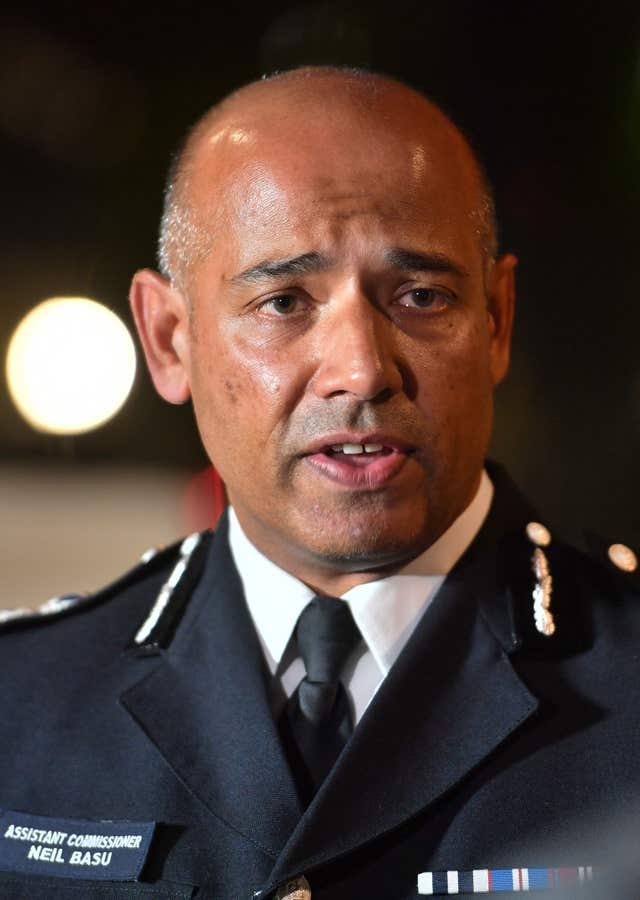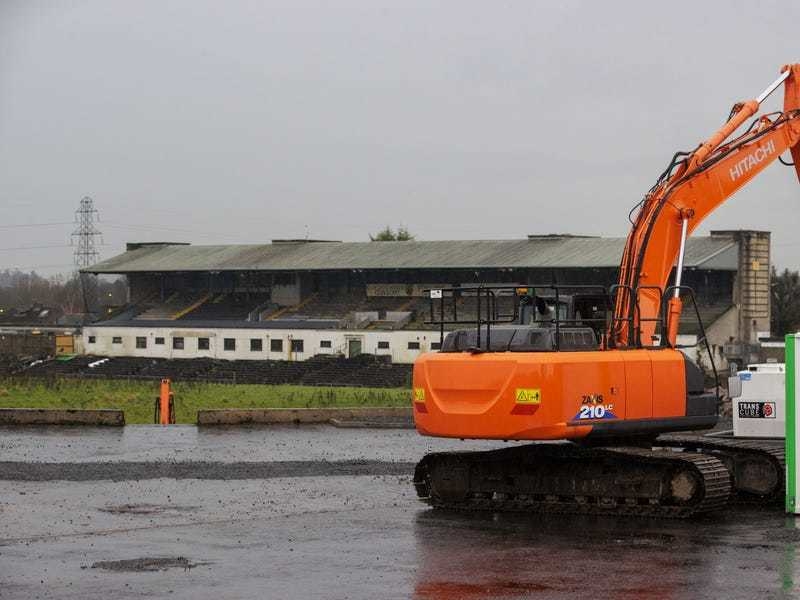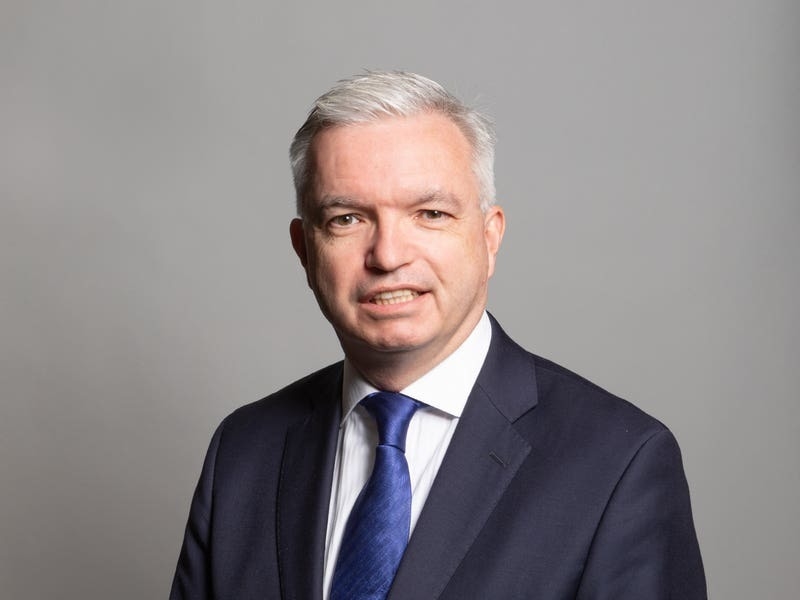Investigators hunting the source of a deadly Russian nerve agent that has poisoned four people in Wiltshire have spoken “briefly” to victim Charlie Rowley in hospital.
The 45-year-old was taken ill and his partner Dawn Sturgess, 44, died after the pair collapsed in Amesbury on June 30, having been exposed to Novichok.
On Wednesday Lorna Wilkinson, Director of Nursing at Salisbury District Hospital revealed that Mr Rowley was no longer in a critical condition, although he remains seriously ill.
Statement from @lornawilko Director of Nursing at Salisbury District Hospital pic.twitter.com/s43xQ7W3Wn
— Salisbury Hospital (@SalisburyNHS) July 11, 2018
She said: “I’m delighted to be able to tell you that Charlie Rowley has made further progress overnight. He is no longer in a critical condition.
“His condition is now serious, but stable. Our staff will continue to work hard to provide the care that Charlie needs. Charlie still has some way to go to recover, but the progress we’ve seen so far gives us cause for optimism.”
Statement from Assistant Commissioner Neil Basu, National Lead for Counter Terrorism Policing in the UK: https://t.co/AwRo3mF1L4 pic.twitter.com/ejEwKBTbpD
— Metropolitan Police (@metpoliceuk) July 11, 2018
In a statement, the Metropolitan Police said: “Officers from the investigation team have spoken briefly to Charlie and will be looking to further speak with him in the coming days as they continue to try and establish how he and Dawn came to be contaminated with the nerve agent.
“Any contact officers have with Charlie will be done in close consultation with the hospital and his doctors. We will not be providing further commentary around our contact with Charlie.”
Britain’s counter-terror police chief admitted investigators are looking for “a needle in a haystack” as they try to find the source of the poison.
It is believed the couple handled a vessel containing the nerve agent.
Metropolitan Police Assistant Commissioner Neil Basu has said it is likely the incident is linked to the poisoning of Sergei Skripal and his daughter Yulia in Salisbury in March with the same substance.

“I would love to be able to say that we have identified and caught the people responsible and how we are certain there are no traces of nerve agent left anywhere in Wiltshire,” he said.
“But the brutal reality is that I cannot offer you any reassurance or guarantee at this time.
“This is a very rare substance banned by the international community and for there to be two separate, distinct incidents in one small English county is implausible, to say the least.
“That said, the scientists at the Defence Science and Technology Laboratory at Porton Down will work hard to determine whether the nerve agents used in the two incidents are from the same batch.
“It may be that it will never be possible to establish such a definitive link.”
Neil Basu Assistant Commissioner of the Counter Terrorism Policing Network is first to provide his update to a full room. pic.twitter.com/IXMZQW1Sap
— Amesbury Police (@AmesburyCPT) July 10, 2018
Mr Basu said his officers were working on the theory that Ms Sturgess and Mr Rowley found an object housing the nerve agent, which can remain active for 50 years if left undisturbed in a sealed container.
He admitted investigators have “no idea” what the container looked like.
One member of the public suggested police were “looking for a needle in a haystack”.
“Yes, that’s why we need to be intelligence-led, which is why we need witnesses that tell us where it might be,” Mr Basu replied.
“The brutal fact is we don’t know where they found it. I am hoping Charlie recovers, and when he recovers he will be able to tell us and perhaps shed some light on it which will narrow our search dramatically.”
While advice from Public Health England is that the risk to the public is low, Chief Medical Officer Dame Sally Davies has warned everyone in the area not to pick up “any foreign object which could contain liquid or gel, in the interests of their own safety”.






